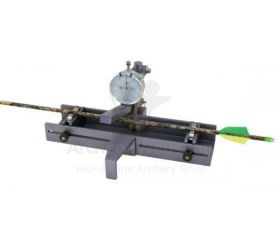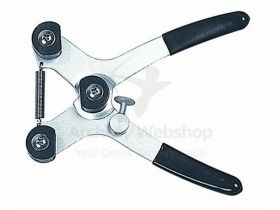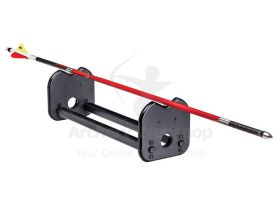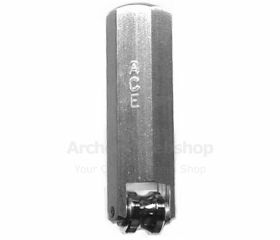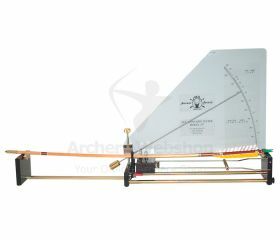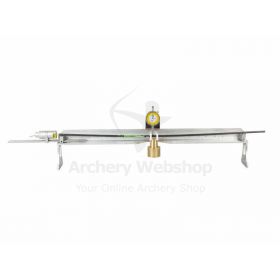Arrow Spinetesters & Straightners

-
AAE Arizona Arrow StraightenerSpecial Price: €289.81 Advice price: €336.99AAE Arizona Arrow Straightener Arrows Arrow Building Learn More
-
-
Pine Ridge Archery Arrow Inspector€35.99Pine Ridge Archery Arrow Inspector Arrows Arrow Building Learn More
-
Ace Archery Tackle Roll-R-Straight€55.99Ace Archery Tackle Roll-R-Straight Arrows Arrow Building Learn More
-
Ace Archery Tackle Arrow Spine Tester 107€499.98Ace Archery Tackle Arrow Spine Tester 107 Arrows Arrow Building Learn More
-
Ram Products Machine Arrow Spine TesterSpecial Price: €538.89 Advice price: €633.99Ram Products Machine Arrow Spine Tester Arrows Arrow Building & Repair Learn More

